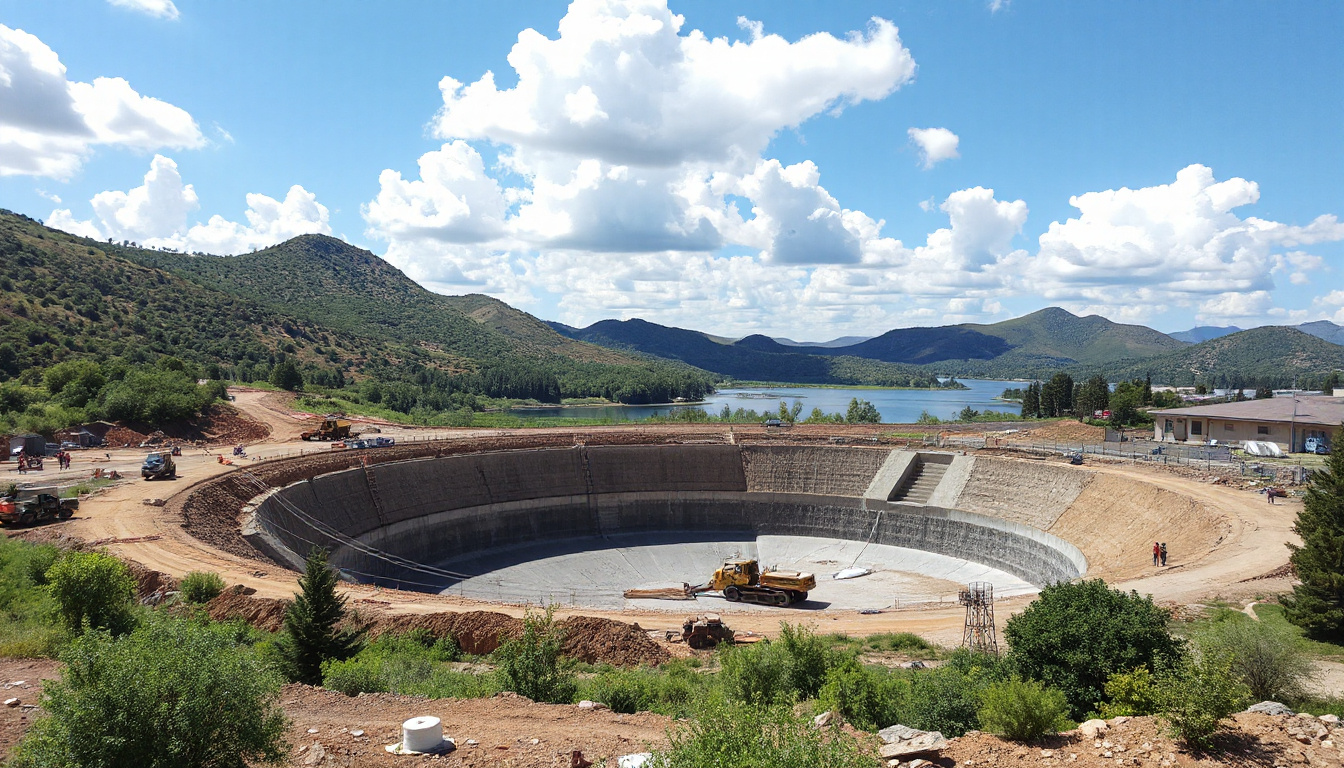Government Moves to Address Water Supply Concerns
In response to mounting apprehensions over the UK water supply predicament, the Government has initiated measures, assigning direct efforts to two reservoir projects in East Anglia and Lincolnshire; these projects now assume a status recognized nationally, and their planning and construction processes depend on tightly connected steps.
The reservoirs, which mark the first project of this kind in more than three decades, are designed to fortify water availability for about 750,000 households in some of the United Kingdom’s most water-stressed regions; rapid population expansion, decaying infrastructure, and climate shifts interlock in a pattern that forces increased water demand to bind even tighter.
The two projects, proposed by water companies and structured to deliver daily allocations of water, rely on dependencies where the Lincolnshire reservoir is projected to supply up to 166 million litres each day to roughly 500,000 homes, and the Fens reservoir is planned to contribute 87 million litres per day to service about 250,000 homes.
Community consultations are slated to begin in order to secure feedback from local stakeholders, and an agenda for nine further reservoirs, expected to come into operation by 2050 across varied regions, has been arranged so that together they yield an extra 670 million litres of water every day.
These actions exemplify the Government’s determination to counter water scarcity and to secure water resources as an element bound to the present population and to the network required by future housing needs, with every stage deliberately connected and each dependency maintained between technical execution and administrative oversight.
Overall, these initiatives reflect a coordinated effort wherein the links between infrastructural restructuring and water resource management are maintained in rigorous sequence, ensuring that current supplies and future development requirements remain directly interlocked in a system of dependency that upholds consistent operational resiliency.



